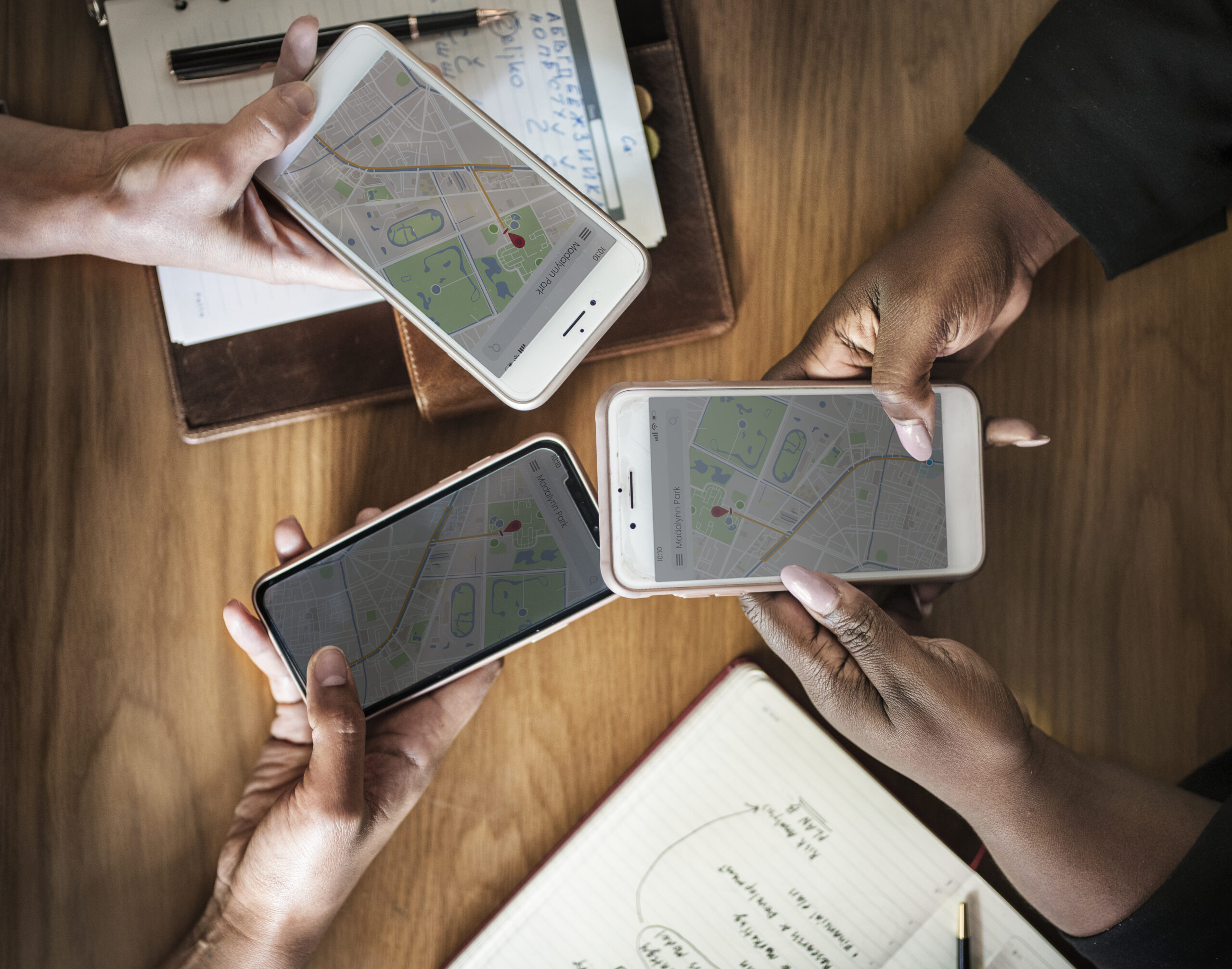In today’s rapidly evolving healthcare landscape, where patients and visitors often find themselves in large and complex medical facilities, the need for efficient and user-friendly wayfinding tools is greater than ever before. The traditional paper maps and static signage systems are gradually giving way to more advanced digital wayfinding solutions, revolutionizing the healthcare industry. This blog explores the importance of wayfinding tools in digital health, shedding light on the pain points they address and the numerous benefits they bring to both healthcare providers and their patients.
Healthcare-specific Wayfinding solutions can help tackle common pain points such as:
- Complex Facilities: Healthcare institutions, whether it’s a hospital, clinic, or medical center, are often sprawling and complex. Navigating these facilities can be overwhelming for patients, visitors, and even healthcare staff. The potential for getting lost or confused is high, leading to wasted time, stress, and frustration.
- Anxiety and Stress: Healthcare environments are often anxiety-inducing by nature. Patients and their loved ones are already dealing with stress and worry. The added stress of getting lost can negatively impact their overall experience and emotional well-being.
- Delays and Missed Appointments: Inefficient wayfinding can lead to missed appointments or delayed care. Patients who can’t find their way to their scheduled appointments may arrive late or not at all, affecting the quality of care they receive and causing scheduling disruptions for healthcare providers.
- Ineffective Resource Allocation: Healthcare facilities can waste valuable resources, such as staff time, responding to wayfinding requests. This diverts staff from their primary responsibilities, impacting overall efficiency and patient care quality.
Hospitals and health systems implementing Wayfinding solutions can expect several benefits, including:
- Enhanced Patient Experience: Digital wayfinding tools greatly enhance the overall patient experience. These tools help patients and visitors navigate the healthcare facility with ease, reducing stress and anxiety associated with unfamiliar environments.
- Efficient Resource Management: Digital wayfinding solutions can allocate human resources more efficiently. By providing users with clear directions and information, staff can focus on their core responsibilities, improving productivity and patient care.
- Real-Time Updates: Digital wayfinding tools can offer real-time updates on appointment locations, wait times, and the availability of services. This information empowers patients and visitors, allowing them to make informed decisions and plan their time effectively.
- Accessibility and Inclusivity: These solutions can be designed to accommodate diverse needs, such as accessibility features for individuals with disabilities and multilingual support. This ensures that everyone can navigate the healthcare facility with ease.
- Analytics and Improvement: Digital wayfinding tools also provide healthcare facilities with valuable data and analytics. They can track user patterns, identify bottlenecks, and make data-driven improvements to facility layouts and signage, enhancing overall efficiency and patient satisfaction.
In the digital age, the importance of wayfinding tools in healthcare cannot be overstated. They not only address the pain points associated with complex healthcare facilities but also provide a plethora of benefits that enhance the patient experience, improve resource management, and support efficient healthcare operations. As healthcare facilities continue to adapt to the ever-evolving needs of patients and visitors, investing in advanced digital wayfinding solutions is an essential step towards delivering better care and a more positive healthcare journey for all.
Panda Health is pleased to offer three industry-leading suppliers within our Wayfinding category. These suppliers are designed specifically to help patients navigate through hospital and health system facilities.

